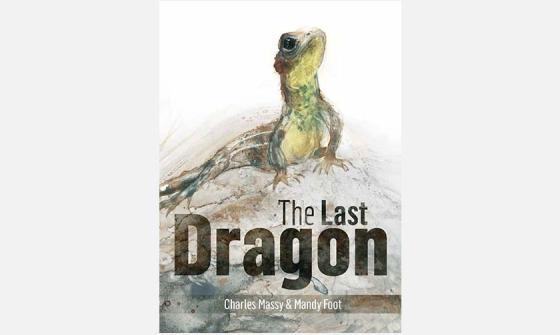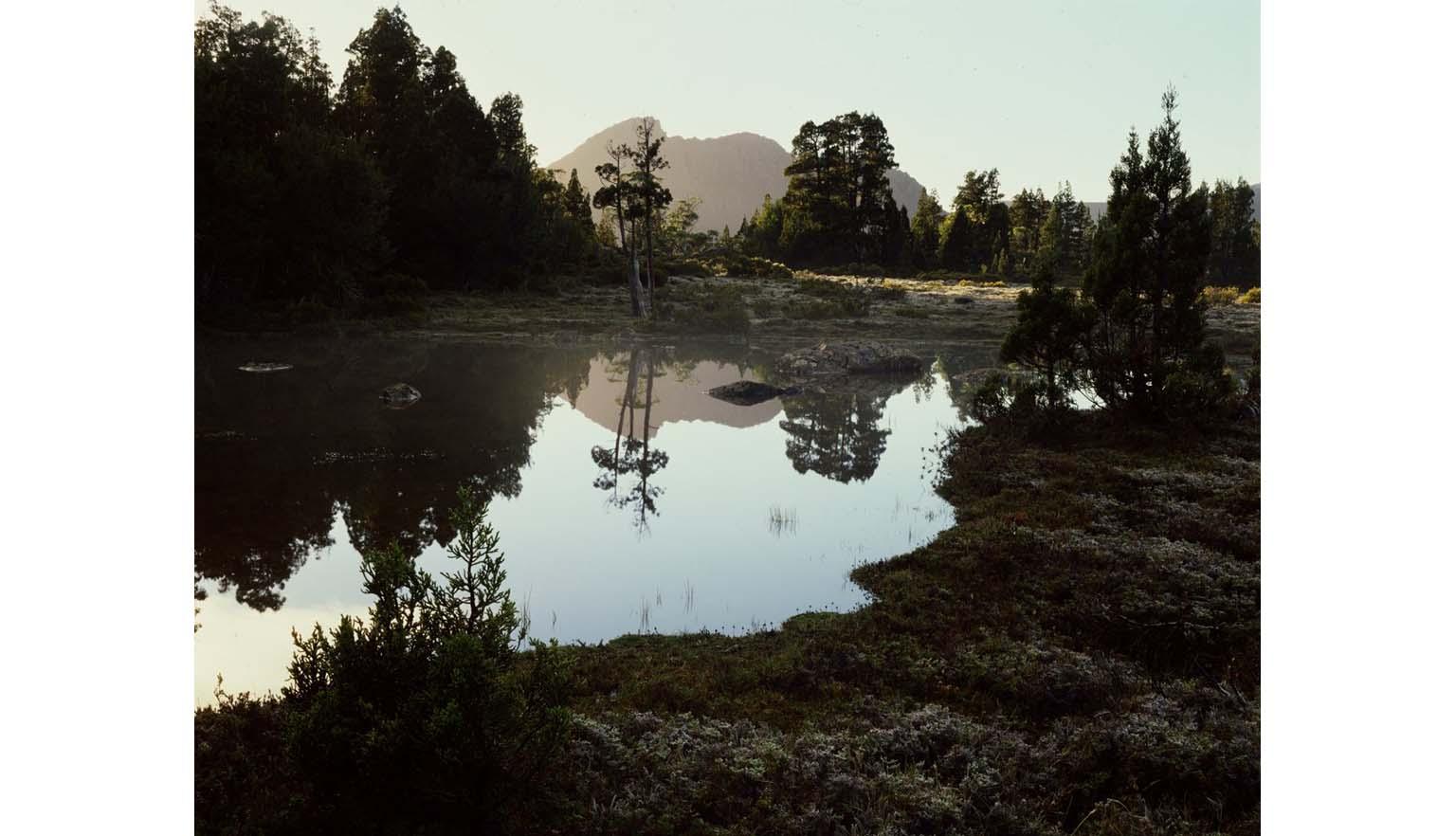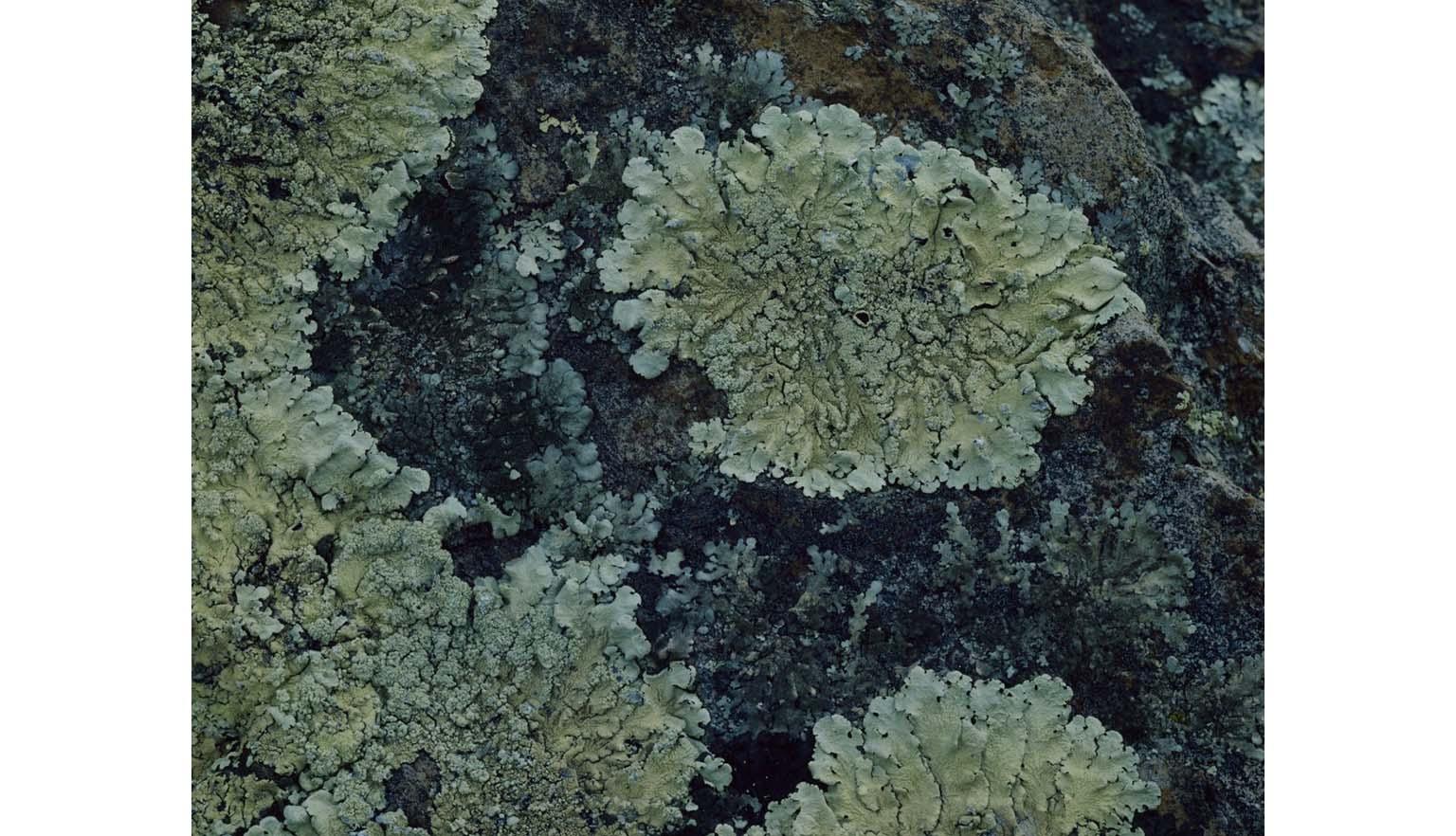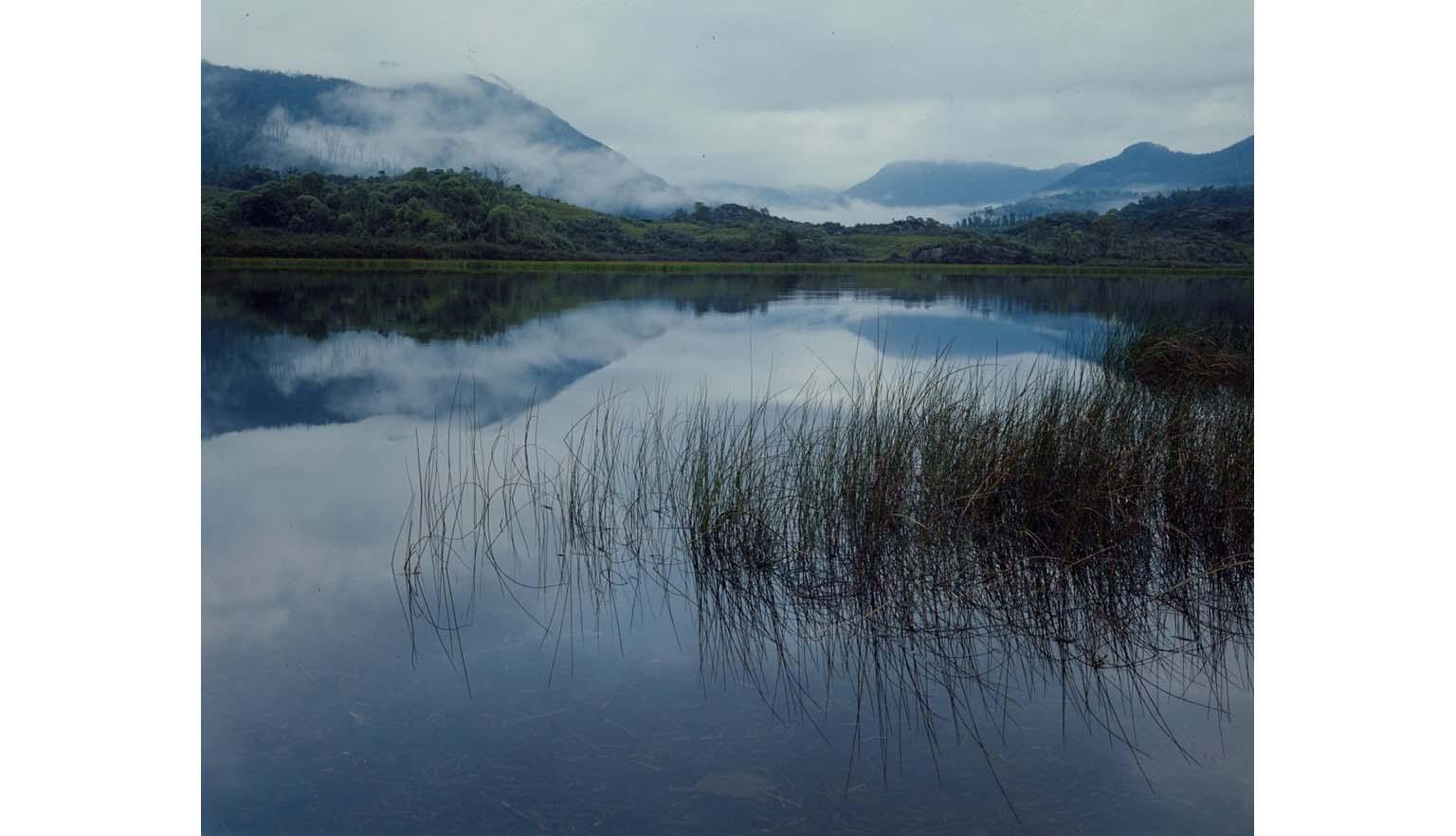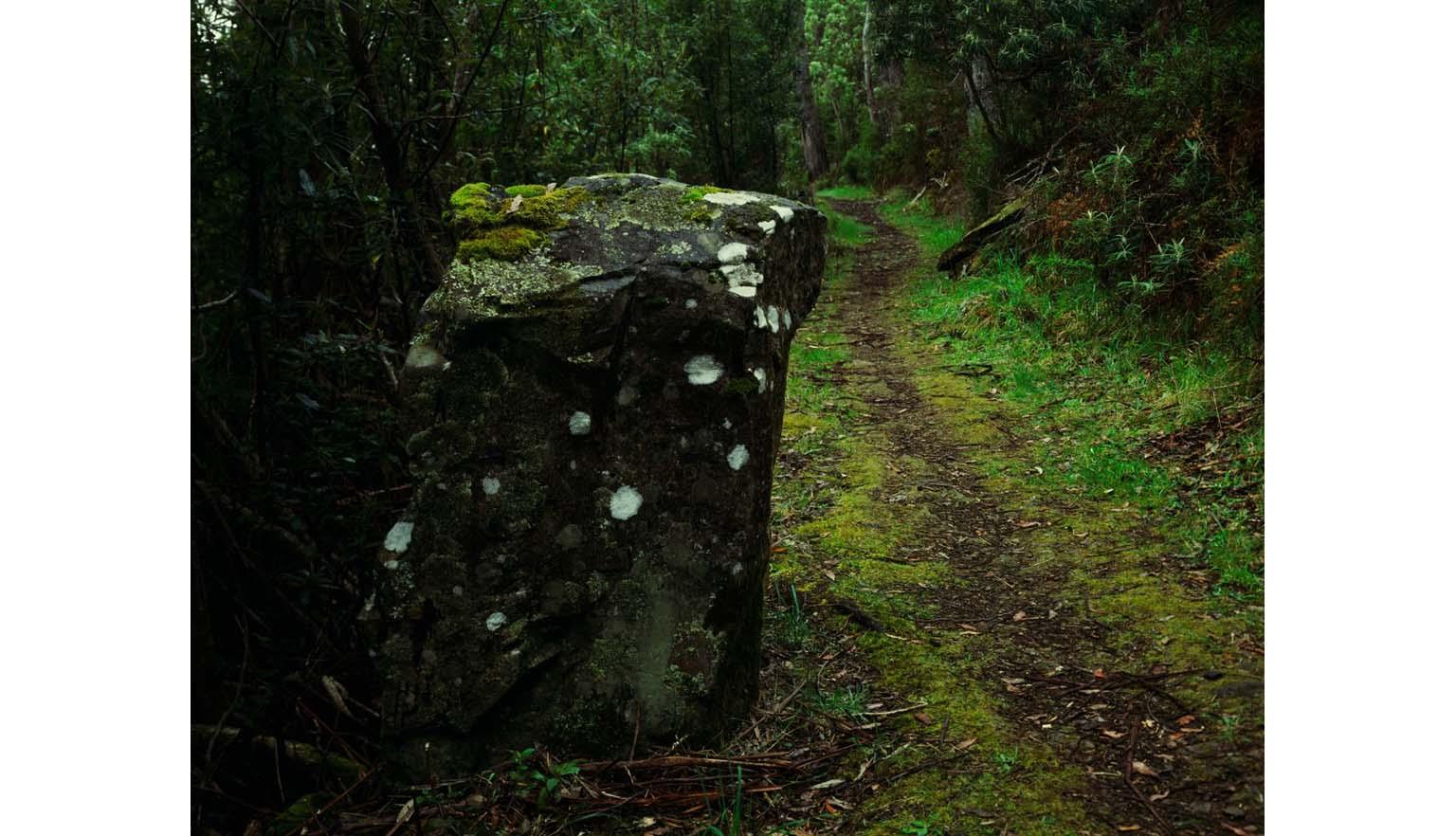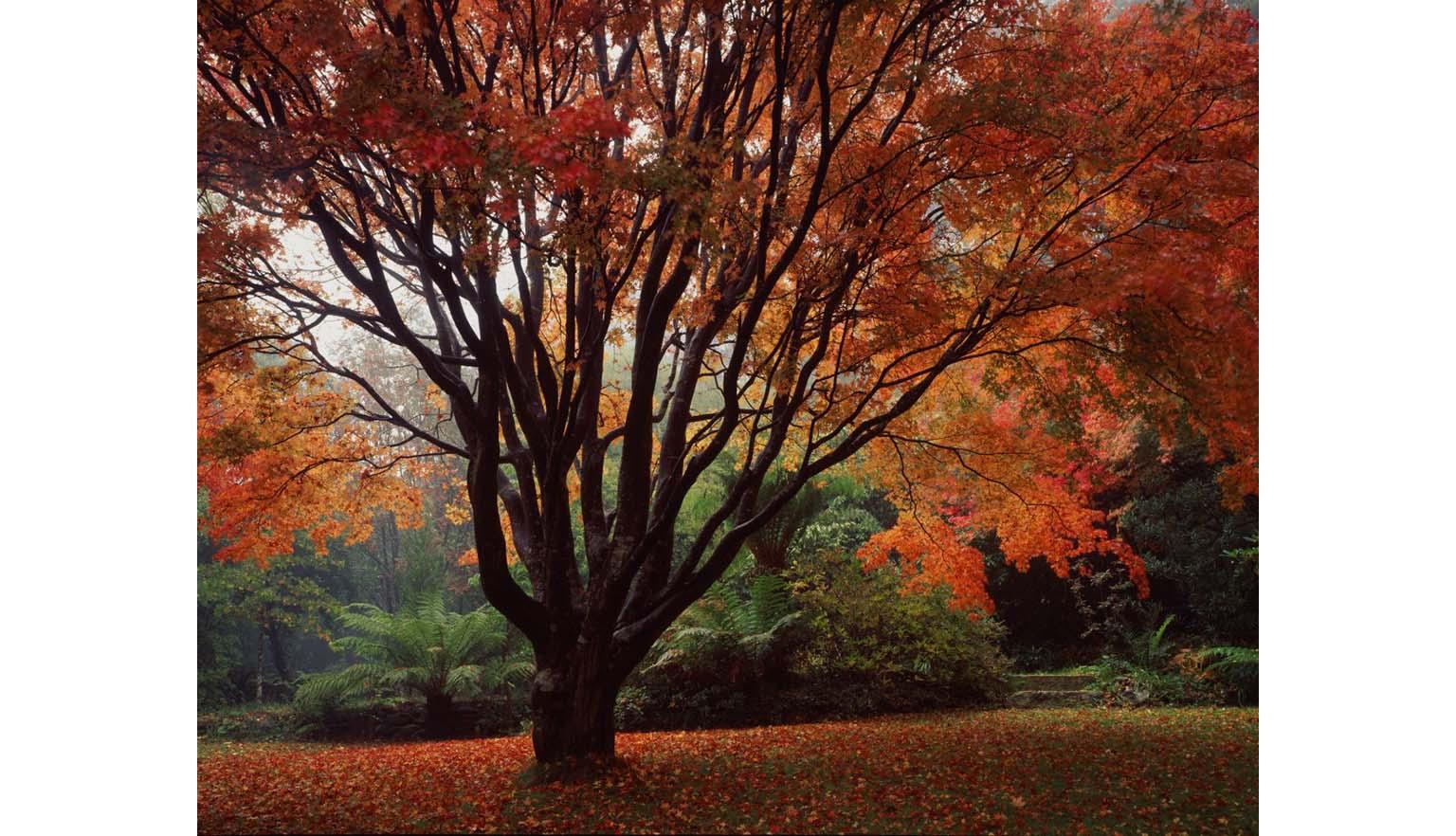Understanding the living world
About this module
This module encourages students to explore how living things interact with each other and their environment. Using an inquiry-based learning approach, students will investigate how natural and human forces shape the world around us, and how all lifeforms depend on and compete with one another to survive.
Students will use and develop their science inquiry skills to question, research and evaluate information about ecosystems and the living world.
This resource draws images from the National Library of Australia’s photographic collection. Over 3000 transparencies have been digitised and are available on the Library’s catalogue.
Copyright for teachers
You can download all collection materials in this resource for education purposes. For more information, go to copyright for teachers.
Topics in this module
This module covers 4 key topics.
Each topic includes an introduction to key concepts, links to key resources in our collection and a series of learning activities that cater for a variety of classroom contexts and learning styles.
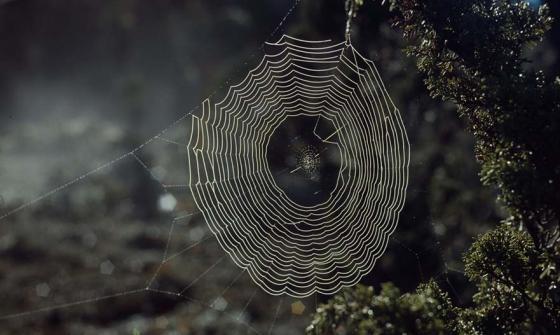
Peter Dombrovskis, Spiderweb detail, Cradle Mountain, Cradle Mountain-Lake St Clair National Park, Tasmania, 1986, nla.gov.au/nla.obj-151194004
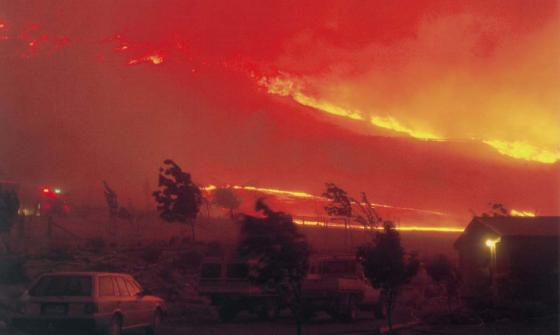
Cutting, Jeff, 1945-. (2003). Freshening north-westerly winds drove the Stockyard fire down Apollo Road onto Ballineen in the hour before midnight on 17th January 2003. [picture] / Jeff Cutting. nla.gov.au/nla.obj-149584789
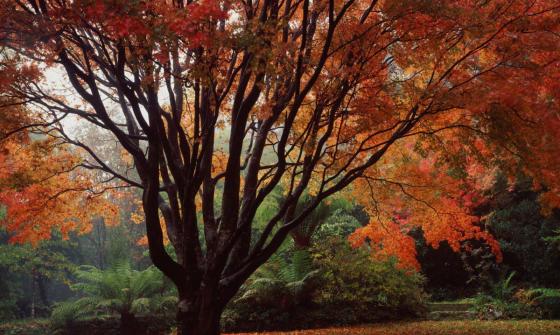
Peter Dombrovskis, Acer in autumn, Dombrovskis' garden, Fern Tree, Tasmania, 1993, nla.gov.au/nla.obj-150387361
Introductory activities
The Peter Dombrovskis photographic collection
This resource draws images from the National Library of Australia’s photographic collection. Images in the “Circle of Life” and “Intertwined” topics are taken from the photographic collection of Peter Dombrovskis (1945-1996).
Dombrovskis was an Australian photographer, known for his Tasmanian scenes but also documented the natural world across Australia and Borneo. In 2003 he was posthumously inducted into the International Photography Hall of Fame, the first Australian photographer to reach this milestone. The National Library of Australia holds more than 3000 Dombrovskis photographic transparencies in its collection.
Activity 1: What’s your school’s biome?
Biomes are large areas with similar climate, plants and animals. Australia has one of the world’s most diverse ranges of biomes.
Find out what biome your school is in. What kinds of plants, animals and weather are typical in this environment?
Activity 2: Climate zones
Similarly to biomes, the World is also divided into climate zones.
- Use the Bureau of Meteorology Climate Classification map to identify your school's climate zone. Does this match students' real-life experiences?
- Based on this, what natural events could impact your area—droughts, floods, cyclones? How prepared is your community for these?
Activity 3: Create a nature travel brochure
Choose a biome anywhere in the world and create a brochure for a nature-based travel company. Include:
- Local plants and animals visitors might see
- Weather conditions and how to dress for them
- Safety tips for the climate
- Conservation messages: how visitors can help
- Any unique species only found in that biome
Concluding activities
Activity 4: Weather through the years
Find historical weather data for your area using the Bureau of Meteorology.
You can choose to look at aspects such as temperature, rainfall, humidity, etc. Choose a month and have the class graph the changes across the years. Discuss the best way to represent this data.
- What information can be taken from the graph?
- Are there any trends shown?
- Can the class make any predictions based on the information?
- Repeat the exercise with different weather data (humidity, rainfall or temperature).
- Does the data from the second graph correlate with the data from the first?
Activity 5: Local ecosystems
Visit a nearby park, reserve or sanctuary—or invite a ranger to your classroom. Learn about the local flora and fauna, their status and any environmental threats.
Activity 6: Storytelling from an animal’s perspective
Have students devise a story about their house but write about it as if they are an animal living in a biome. Writing prompts could include:
- What features does the house have that supports them?
- What other flora or fauna do they interact with to help them survive day to day.
- What are the biggest challenges they face?
- If one part of their biome were removed, how would that impact them?
Have them include drawings and indicate important parts of their environment.
Activity 7: Sustainable living
Discuss how everyday choices affect the environment.
- What can we do, either individually and as a class, to live more sustainably?
- Consider actions like recycling, saving water, or protecting local wildlife.
Curriculum links
Explore the connections between living things, the environments they inhabit, and the forces that shape them. Aligned with the Australian Curriculum for Year 4 Science.
This module helps students deepen their understanding of ecosystems, life cycles, and the natural and human-made forces that impact the world around us.
- Biological sciences: Explain the roles and interactions of consumers, producers and decomposers within a habitat and how food chains represent feeding relationships (AC9S4U01)
- Earth and space sciences: Identify sources of water and describe key processes in the water cycle, including movement of water through the sky, landscape and ocean; precipitation; evaporation; and condensation (AC9S4U02)
